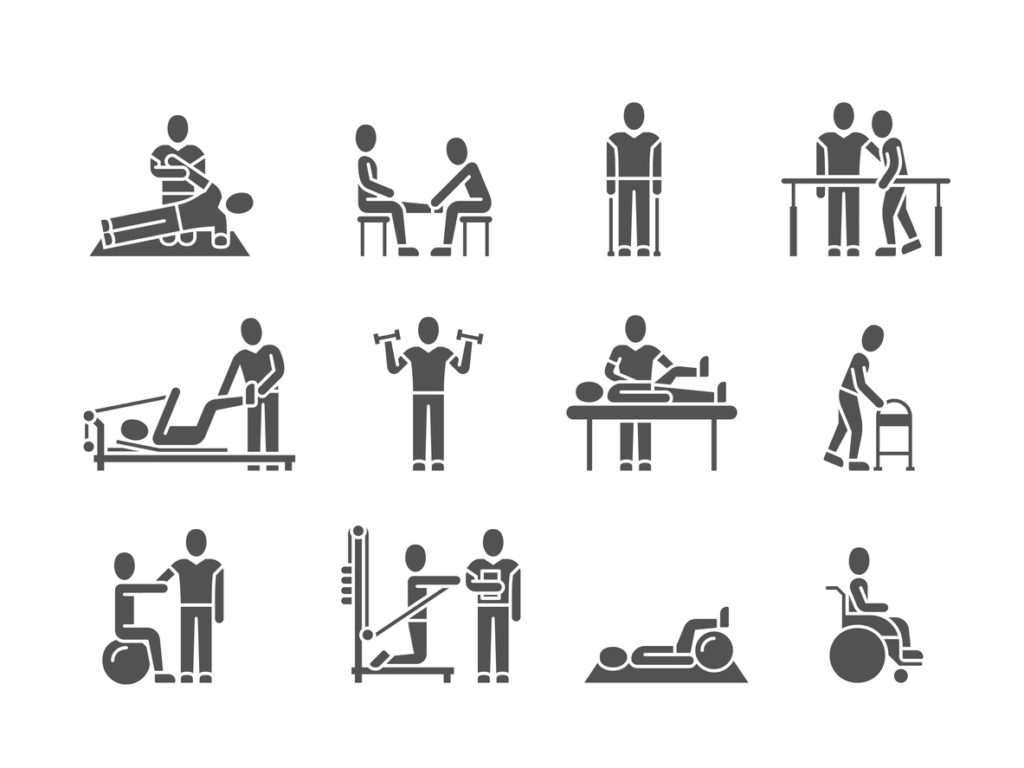The purpose of the proposed study is to evaluate the efficacy of the InterX 5000 in relieving chronic neck and shoulder pain. This study will focus on the efficacy of treating patients who have functional limitations in activity because of chronic/recurrent neck or shoulder pain. H1: InterX therapy will have a moderate effect to reduce pain.H2: Functional gains will be greater in patients receiving InterX therapy compared to those who received placebo treatment.H3: Chronic neck and shoulder pain is more prevalent in patients who exhibit radiographic evidence of degenerative spondylosis/arthrosis of the cervical spine.
Official Title
Proposal to Evaluate the Efficacy of the InterX 5000 in the Treatment of Chronic Neck and Shoulder Pain.
Conditions
- Neck Pain
- Shoulder Pain
- Cervical Pain
Study Type
Interventional
Study Design
Treatment, Randomised, Double Blind (Subject, Outcomes Assessor), Placebo Control, Single Group Assignment, Efficacy Study.
Further Details
Primary Outcome Measures:
- Visual Analog Scale
[Time Frame: 4 weeks]
[Designated as safety issue: No] - Neck Disability Index (NDI)
[Time Frame: 4 weeks]
[Designated as safety issue: No] - Medical Outcomes Study Short-Form 36 (SF-36) Health Survey
[Time Frame: 4 weeks]
[Designated as safety issue: No] - Short-Form McGill Questionnaire
[Time Frame: 4 weeks]
[Designated as safety issue: No] - Biomarkers (inflammatory cytokines and SP)
[Time Frame: 4 weeks]
[Designated as safety issue: No] - Functional Impairment Test-Hand, and Neck, Shoulder, Arm (FIT-HaNSA)
[Time Frame: 4 weeks]
[Designated as safety issue: No] - Cervical Range of Motion (CROM)
[Time Frame: 4 weeks]
[Designated as safety issue: No] - Grip strength
[Time Frame: 4 weeks]
[Designated as safety issue: No] - Pain Tolerance and Threshold – Pressure
[Time Frame: 4 weeks]
[Designated as safety issue: No] - Pain Threshold and Tolerance – Current Perception
[Time Frame: 4 weeks]
[Designated as safety issue: No] - Current Perception Threshold
[Time Frame: 4 weeks]
[Designated as safety issue: No] - Neck Walk Index (NWI)
[Time Frame: 4 weeks]
[Designated as safety issue: No] - Muscle Fatigue
[Time Frame: 4 weeks]
[Designated as safety issue: No]
Study Start
August 2007
Eligibility & Criteria
- Ages Eligible for Study: 18 Years to 65 Years
- Genders Eligible for Study: Both
- Accepts Healthy Volunteers: No
Inclusion Criteria:
- chronic or recurrent neck or shoulder pain of at least 3 months duration with or without arm pain
- willing to sign consent for study participation
- able/willing to comply with treatment schedule
Exclusion Criteria:
- clinically significant herniated disc (defined as positive radicular arm pain aggravated by head position change or neural stretch signs from provocative arm movement, this will not exclude patients with any imaged herniation as this is a common finding in all populations)
- spinal facture
- previous electrical stimulation treatment for this episode
- recent cervicalspinal or shoulder surgery or implanted instrumentation/prostheses.
- patients with cardiac pacemaker or spinal cord stimulator, epilepsy, pregnancy, recent (3 months) chemotherapy/radiotherapy, phlebitis, cortisone use (30 days)
Total Enrolment
80
Contact Details
John J Triano, DC, PhD
416-482-2340
jtriano@cmcc.ca
Location:
Canadian Memorial Chiropractic College
Toronto, Ontario
Canada, M2H 3J1
All content and media on the HealthEngine Blog is created and published online for informational purposes only. It is not intended to be a substitute for professional medical advice and should not be relied on as health or personal advice. Always seek the guidance of your doctor or other qualified health professional with any questions you may have regarding your health or a medical condition. Never disregard the advice of a medical professional, or delay in seeking it because of something you have read on this Website. If you think you may have a medical emergency, call your doctor, go to the nearest hospital emergency department, or call the emergency services immediately.







